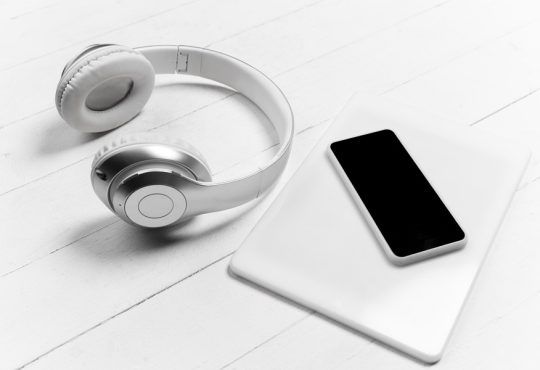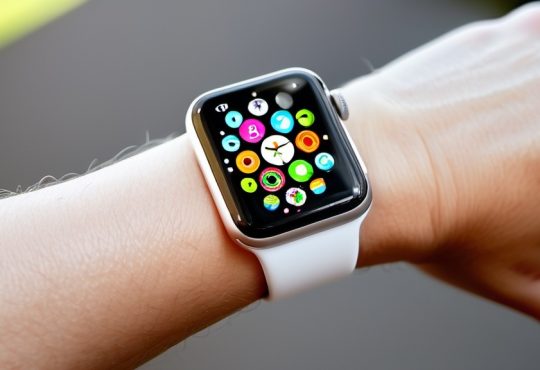Drones have evolved from niche technology to mainstream consumer gadgets, offering endless possibilities for aerial photography, videography, racing, and even delivery services. Whether you are a professional photographer or simply looking for a recreational flying device, selecting the right drone can feel overwhelming given the array of options available. This guide will walk you through everything you need to consider when choosing a drone, ensuring you find the best option that fits your needs and budget.
Define Your Purpose
Before delving into the technical specifications of drones, it’s essential to define why you want one. The purpose for which you need a drone will significantly influence your buying decision. Below are a few common use cases that you should consider:
1. Photography and Videography
One of the most popular uses for drones is aerial photography and videography. Drones equipped with high-quality cameras allow users to capture stunning images and videos from unique perspectives. Whether you’re a professional photographer looking to enhance your portfolio or an enthusiast hoping to document your adventures, you’ll want to prioritize camera features such as resolution, stabilization, and image quality.
For photography and videography, drones like the DJI Air series or the Mavic series are top choices due to their excellent camera quality, stable flight systems, and intelligent features like object tracking and 4K video recording. However, these high-end drones can be costly, so you’ll need to balance quality with your budget.
2. Racing
Drone racing is a fast-growing sport where pilots navigate their drones through intricate obstacle courses at high speeds. For racing purposes, the key factors are speed, agility, and control. Racing drones are typically smaller, lighter, and faster than drones designed for photography. Their cameras are often less advanced, as the focus is on maneuverability rather than image capture.
For drone racing enthusiasts, brands like Emax and Fat Shark specialize in drones designed to fly fast and handle tight corners. These drones are also typically customizable, allowing you to modify and upgrade various components like the motor and frame for better performance.
3. Recreational Flying
For beginners or hobbyists, recreational drones are designed for ease of use and are often less expensive than professional-grade models. These drones are perfect for casual flying and learning how to control a drone. Many recreational drones offer simple controls, basic cameras, and stable flight features, making them ideal for new pilots who want to experience flying without spending a fortune.
If your primary goal is recreational flying, you can start with entry-level drones from brands like Holy Stone or Syma. These drones may not offer the high-end features of professional models, but they provide enough functionality for casual flying at a much lower cost.
Consider Your Budget
Your budget is a significant factor when choosing the right drone. Drones come in a wide range of prices, from $50 for basic beginner models to over $2,000 for professional, high-end drones. Here’s a breakdown of what to expect at different price points:
1. Beginner Drones ($50-$300)
For those new to flying drones, a beginner drone in the $50 to $300 range is an excellent starting point. These drones typically offer basic features like simple controls, limited camera resolution, and shorter flight times. While they may lack advanced features like GPS and obstacle avoidance, they are perfect for learning the basics without risking significant financial loss if you crash.
Examples of beginner drones include the Ryze Tello, which is known for its user-friendly interface and stable flight performance. It’s affordable, durable, and offers a basic camera, making it an ideal choice for first-time drone users.
2. Mid-Range Drones ($300-$1,000)
Mid-range drones offer a balance between affordability and advanced features. In this price range, you can expect better camera quality, longer flight times, and additional features like GPS, intelligent flight modes, and obstacle avoidance. Drones in this category are great for hobbyists who want more than just a basic flying experience without breaking the bank.
The DJI Mini 2, for example, is a popular mid-range option, featuring 4K video recording, excellent battery life, and advanced flight modes like return-to-home and follow-me. It’s ideal for those who want to experiment with aerial photography and videography but aren’t ready to invest in a professional-grade drone.
3. Professional Drones ($1,000 and above)
If you’re a professional videographer, photographer, or commercial drone operator, you’ll likely need to invest in a drone priced at $1,000 or more. These drones come with high-end cameras capable of shooting 4K, 6K, or even 8K video, advanced flight systems, superior stabilization, and long-range capabilities. They are often used for cinematic productions, surveying, mapping, and other professional applications.
Top-tier drones like the DJI Phantom 4 Pro or the Autel Robotics EVO II are designed for serious users who require the highest performance in terms of camera quality, durability, and flight control.
Key Features to Look For
When choosing a drone, certain key features can significantly affect its performance and usability. Here are some of the most critical features to consider:
1. Camera Quality
If photography or videography is your primary goal, camera quality is paramount. Look for drones with high-resolution cameras (at least 12MP for photos and 4K for videos). Additionally, consider drones with features like 3-axis gimbals for stabilization, adjustable aperture, and the ability to shoot in RAW format for more flexibility in post-processing.
2. Flight Time
Flight time varies widely between drones. Entry-level drones typically offer around 10 to 15 minutes of flight time, while higher-end drones can fly for 30 minutes or more on a single charge. If you plan to use your drone for extended periods, make sure to choose a model with long flight times and consider purchasing extra batteries for longer sessions.
3. GPS Functionality
Drones equipped with GPS offer more stable flight and additional features such as return-to-home, which automatically brings the drone back to its takeoff point if it loses connection or runs low on battery. GPS-enabled drones also provide more precise control and allow for waypoint navigation, making them essential for more advanced users.
4. Obstacle Avoidance
Obstacle avoidance technology uses sensors to detect and avoid collisions with objects during flight. This feature is particularly useful for beginners or when flying in complex environments with trees, buildings, or other obstacles. Higher-end drones like the DJI Mavic series come with sophisticated obstacle avoidance systems that can navigate through intricate terrains with ease.
Flight Experience and Ease of Use
Your experience level and how easy the drone is to fly should also influence your choice. Beginner-friendly drones usually come with simplified controls, stabilization features, and safety modes to ensure smooth flight experiences. These drones often have auto takeoff and landing functions, which make them easier to operate.
In contrast, advanced drones offer more manual control over flight, allowing experienced pilots to perform stunts, sharp turns, and fast maneuvers. These drones also often come with customizable settings to fine-tune the flight experience.
Battery Life and Flight Range
Battery life and flight range are critical factors to consider, especially if you’re planning on long-distance flights or extended use. Most drones offer flight times ranging from 10 to 30 minutes per battery charge. Professional drones tend to offer the longest flight times, but even entry-level models are improving in this area.
Similarly, the flight range, or how far the drone can fly before losing connection, varies between models. Basic drones may only have a range of a few hundred meters, while more advanced models can fly several kilometers away from the operator. The flight range is especially important for applications like videography, surveying, or mapping, where you need to cover a wide area.
Durability and Build Quality
Durability should not be overlooked, especially if you’re a beginner or plan on flying your drone outdoors. Drones can be prone to crashes, particularly in challenging environments. Look for models with sturdy frames, flexible propellers, and high-quality materials that can withstand impacts.
Some drones come with propeller guards, which can prevent damage to the propellers during a crash. Additionally, drones designed for rugged outdoor use often have weather-resistant features to protect against wind, rain, or dust.
Regulations and Legal Considerations
Before purchasing a drone, it’s essential to familiarize yourself with local regulations regarding drone usage. In many countries, drones above a certain weight need to be registered with aviation authorities like the Federal Aviation Administration (FAA) in the U.S. Some regions also have restrictions on where drones can be flown, especially near airports, populated areas, or government buildings.
In the U.S., for example, drones weighing more than 250 grams need to be registered with the FAA, and operators may need to complete an exam to fly commercially. Be sure to check your local laws to ensure you are compliant and avoid fines or penalties.
Reviews and Support
Lastly, take the time to read user reviews and research the manufacturer’s customer support before making your purchase. User reviews can provide valuable insights into the drone’s performance, durability, and ease of use. Look for reviews that specifically address the type of flying you plan to do, whether it’s photography, racing, or recreational.
Additionally, consider the manufacturer’s customer support options. A drone is a significant investment, so having access to reliable support can make a big difference in case you encounter any issues or need repairs.
Choosing the right drone involves more than just picking a device that looks cool. By defining your purpose, considering your budget, evaluating key features, and understanding legal regulations, you can make an informed decision that meets your needs. Whether you’re looking to capture breathtaking aerial photos, race through an obstacle course, or simply enjoy the experience of flying, there’s a drone out there that’s perfect for you. Happy flying!





